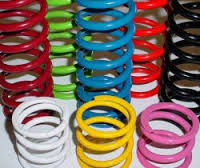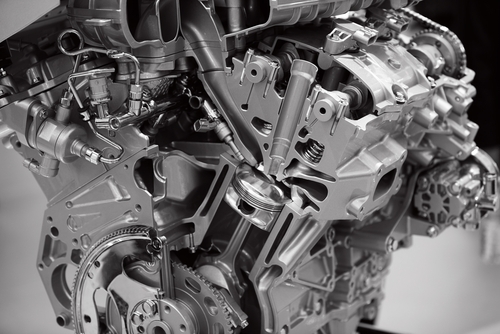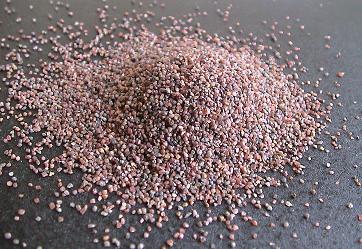Powder Coating

Powder coating is a type of coating that is applied as a free-flowing, dry powder. The main difference between a conventional liquid paint and a powder coating is that the powder coating does not require a solvent to keep the binder and filler parts in a liquid suspension form. The coating is typically applied electrostatically and is then cured under heat to allow it to flow and form a "skin". The powder may be a thermoplastic or a thermoset polymer. It is usually used to create a hard finish that is tougher than conventional paint. Powder coating is mainly used for coating of metals, such as household appliances, aluminium extrusions, drum hardware, and automobile and bicycle parts. Newer technologies allow other materials, such as MDF (medium-density fibreboard), to be powder coated using different methods.
Protective Coating

Protective coating is a paint or coating defined by its protective, rather than its aesthetic properties, although it can provide both.
The most common use of industrial coatings is for corrosion control of steel structures such as high heat areas. Other functions include intumescent coatings for fire resistance. The most common polymers used in protective coatings are polyurethane, epoxy and moisture-cure urethane. Another highly common polymer used in industrial coating is a fluoropolymer. There are many types of industrial coatings including inorganic zinc, phosphate, and Xylan and PVD coatings.
Sandblasting

Sandblasting is a general term used to describe the act of propelling very fine bits of material at high-velocity to clean or etch a surface. Sand used to be the most commonly used material, but since the lung disease silicosis is caused by extended inhalation of the dust created by sand, other materials are now used in its place. Any small, relatively uniform particles will work, such as steel grit, copper slag, walnut shells, powdered abrasives, even bits of coconut shell. Due to the dangers of inhaling dust during the process, sandblasting is carefully controlled, using an alternate air supply, protective wear, and proper ventilation.



